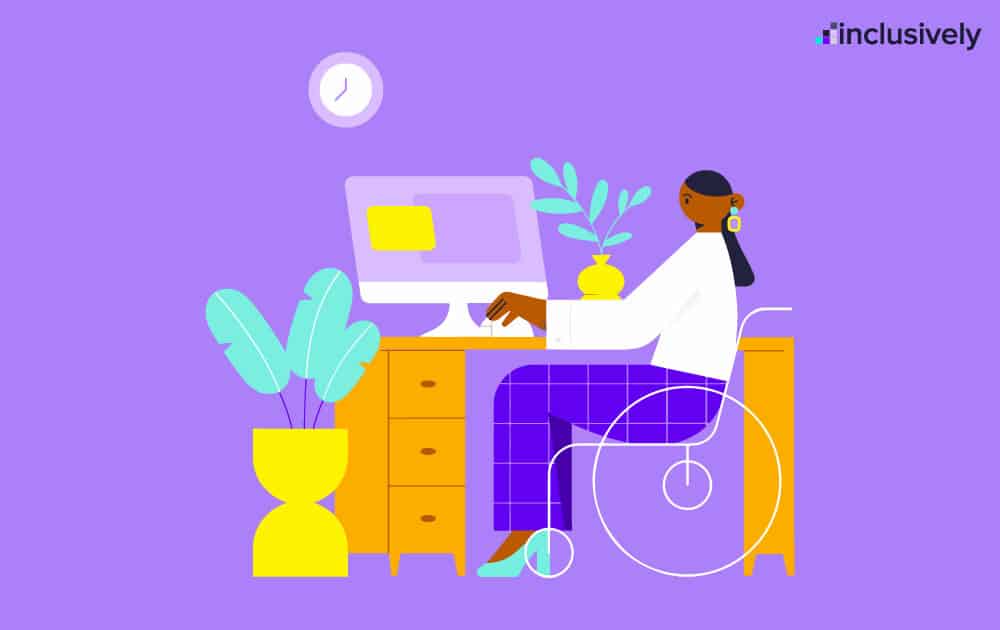The Future of Disability Inclusion Requires Us to Put in the Work Now
In this panel, you’ll discover:
- How to reframe and claim your disability as the asset it truly is
- Tactics for holding HR accountable during the interview process
- New perspectives from top disability leaders
- The primary actions that companies should take to support you
Fill out our form to access the webinar!
